![E-News-Column_2[1] E-News-Column_2[1]](https://cms-static.wehaacdn.com/fit--pro-com/images/E-News-Column_2-1-.2516.0.0.jpg)
Execution:
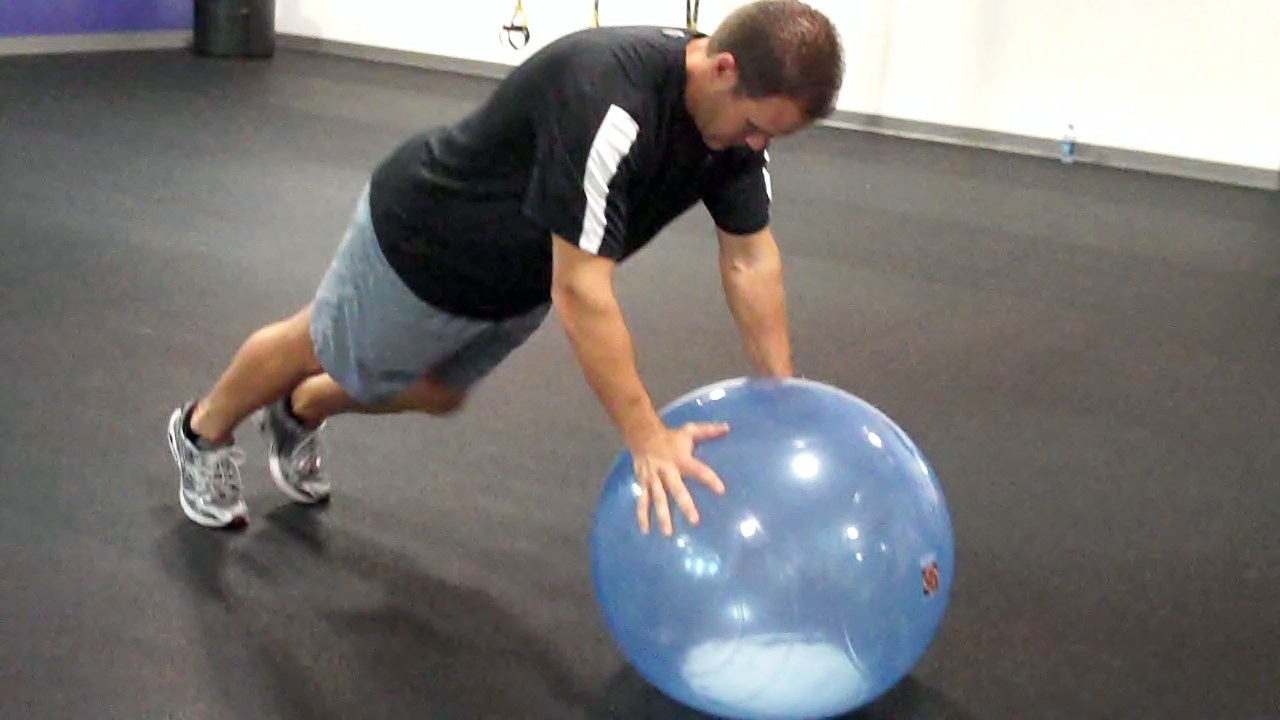 | Place your hands on the outer edges of the BOSU Ballast Ball and position the body in a straight line with the rest of the bodyweight placed through the toes. The hands should be positioned beneath the shoulders at all times. Once in a stable neutral spine position, slowly lift one knee up toward the Ballast Ball, pause at the top and then slowly lower back down until the foot is back in the start position. A cadence of 1/1/1 is sufficient as stability (not speed) should be the emphasis. You should alternate legs during the exercise, while keeping the Ballast Ball beneath the upper body level and still. Perform 1-2 sets of 10-15 reps on each side. |
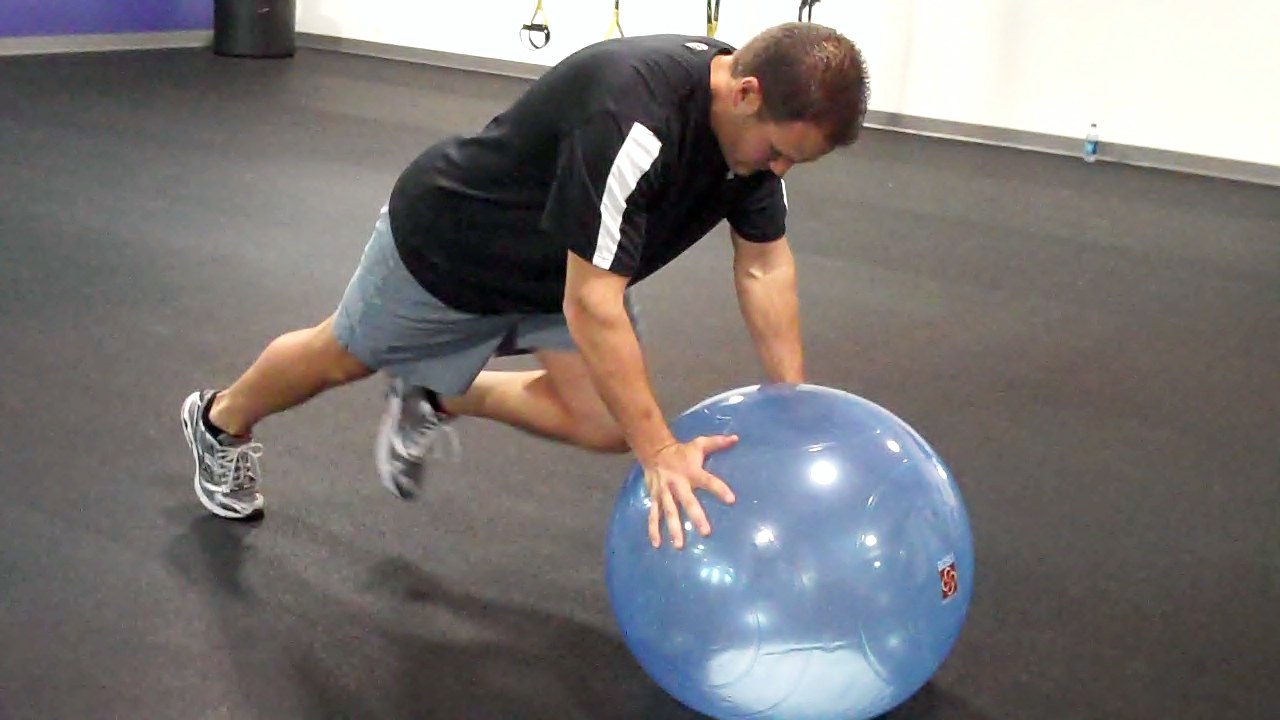 | 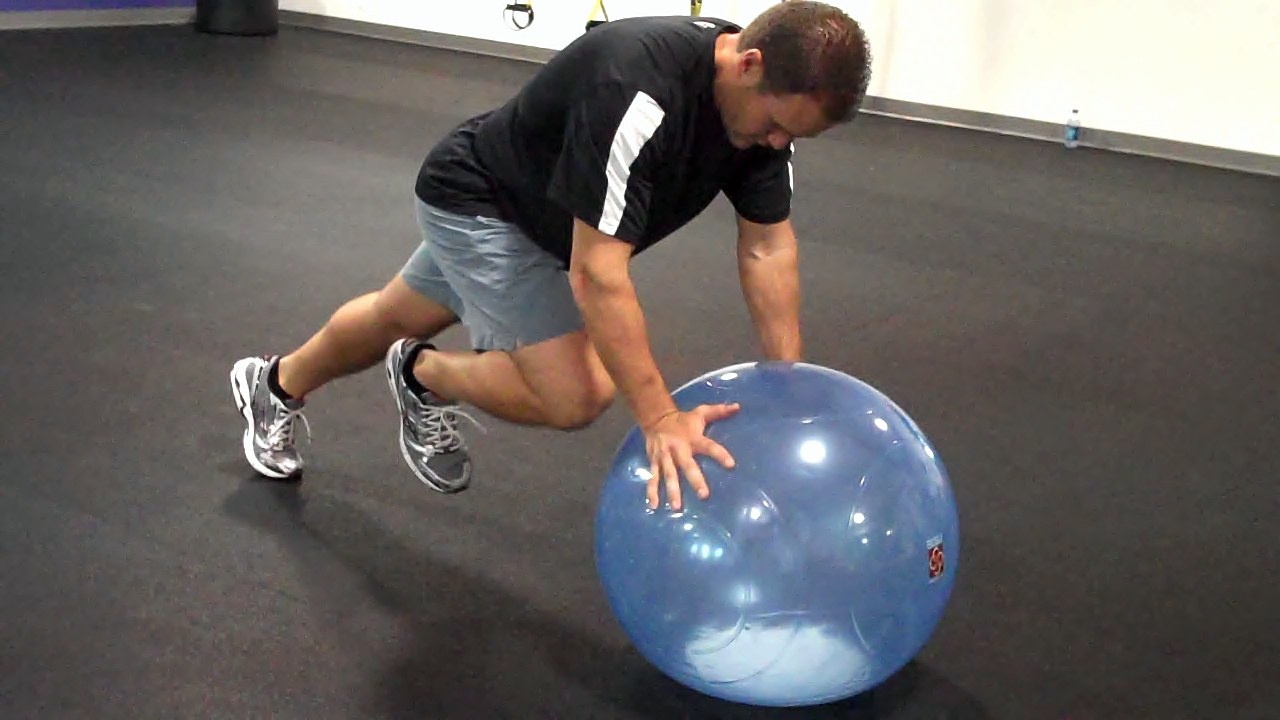 |
| Once you master this linear phase, you can significantly increase the difficulty by adding an oblique twist. This version requires more coordination, stability and body control as it introduces a transverse plane movement. Again, focus on form and maintaining a still Ballast Ball throughout. If alternating legs proves too challenging at first, consider performing all repetitions on one side prior to switching. |
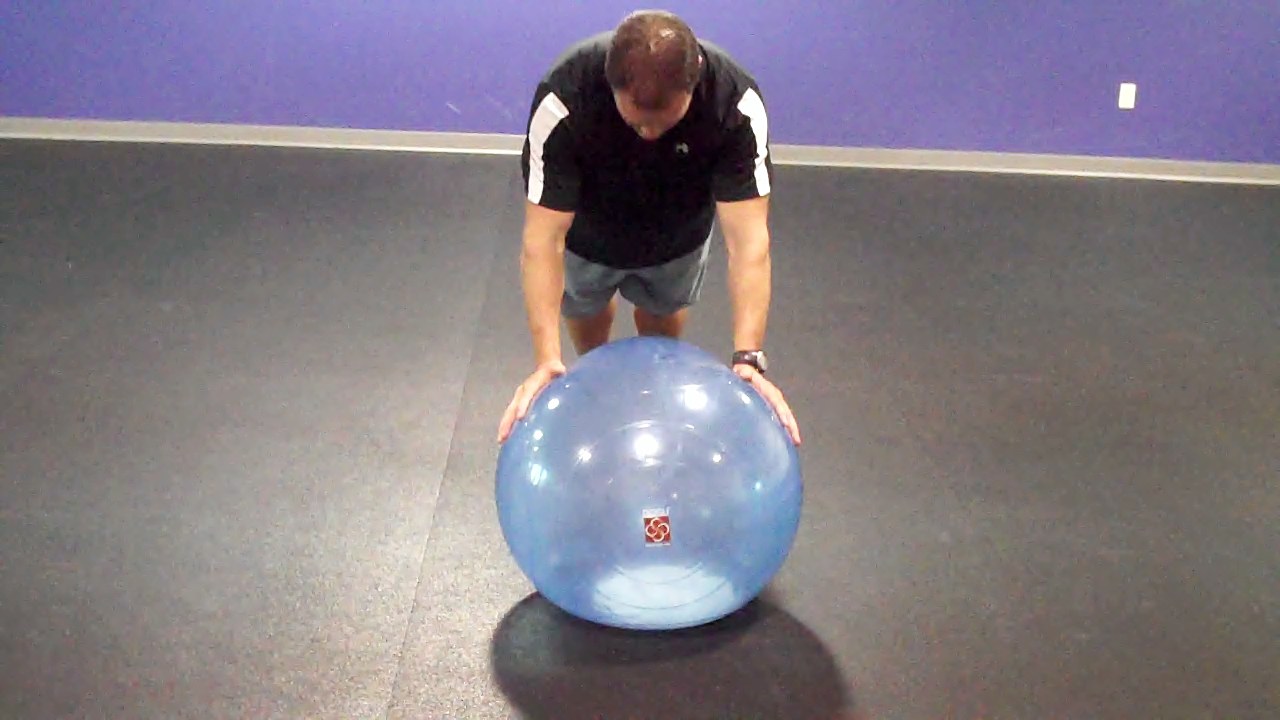 |  | 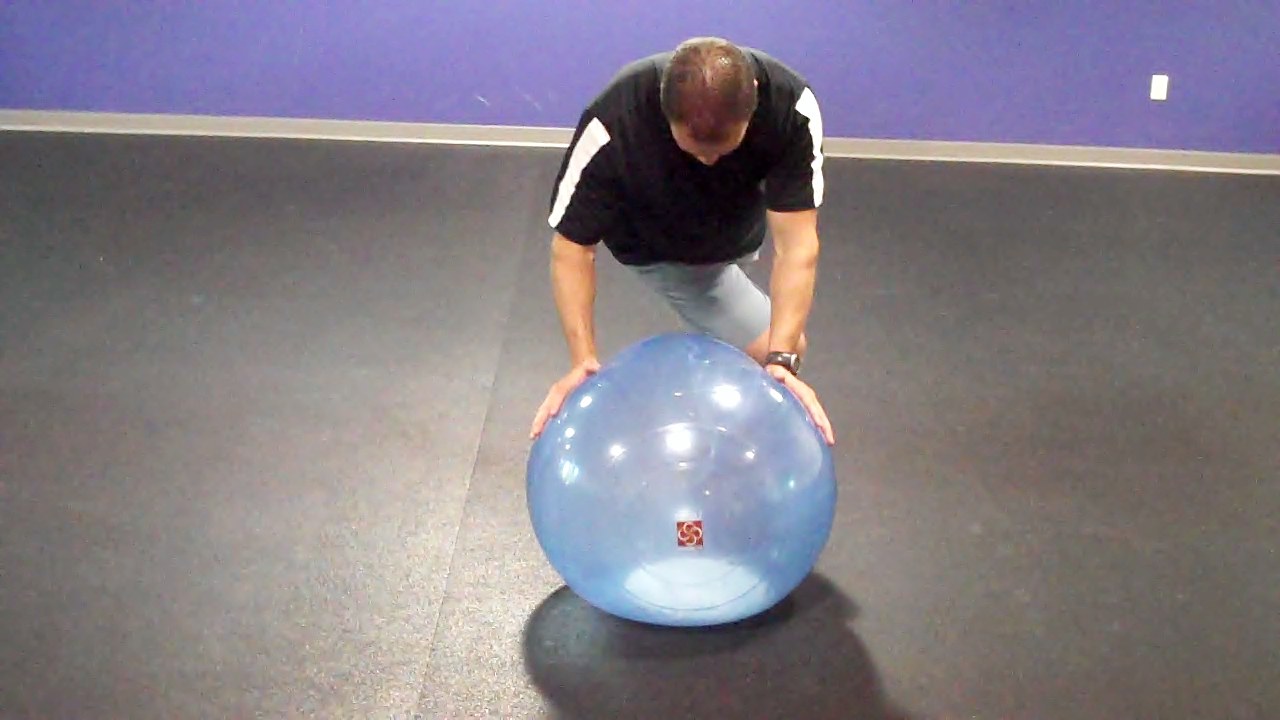 |
Application:
This exercise is an excellent total body conditioningexercise. It will improve shoulder, core and lower extremity strength/stability.I particularly like using it with throwers and swimmers because it demandsscapular stability and heightened trunk control. This activity is more advancedin terms of fine motor control and coordination, so you may consider havingclients master the following mountain climber progression first:
- Floor (straight and oblique versions)
- BOSU Balance Trainer dome side down (straight and oblique versions keeping Balance Trainer steady and level)
- BOSU Ballast Ball four point static holds for time (start position for Ballast Ball Mountain Climber)
General precautions/contraindications include clients with painduring the movement, gross shoulder instability or a history or recurrent subluxations/dislocations.Proper from and progression leading up to this exercise is paramount. With thatsaid, keep in mind the exercise is designed to challenge shoulder stability andencourage proper co-contraction to maintain a stable glenohumeral jointposition in an unstable environment.
Brian Schiff, PT, CSCS (www.brianschiff.com) is a licensed physical therapist,respected author and fitness professional. He became a Certified Strength and ConditioningSpecialist (CSCS) in 1998. Currently, he serves as the supervisor at theAthletic Performance Center in Raleigh, NC. Brian presents nationally atseveral professional conferences and seminars on injury prevention, rehab andsport-specific training.


















